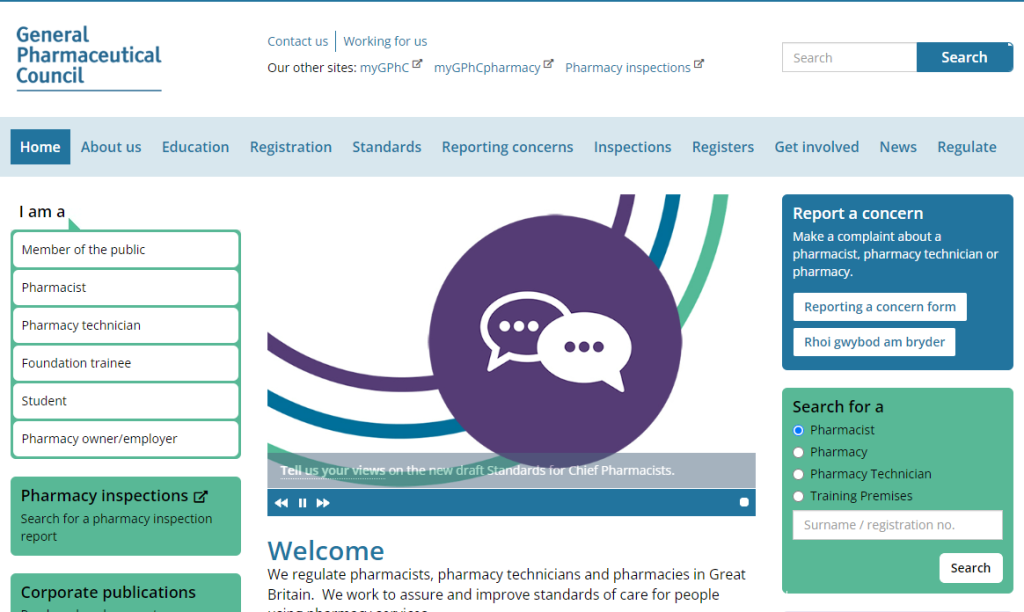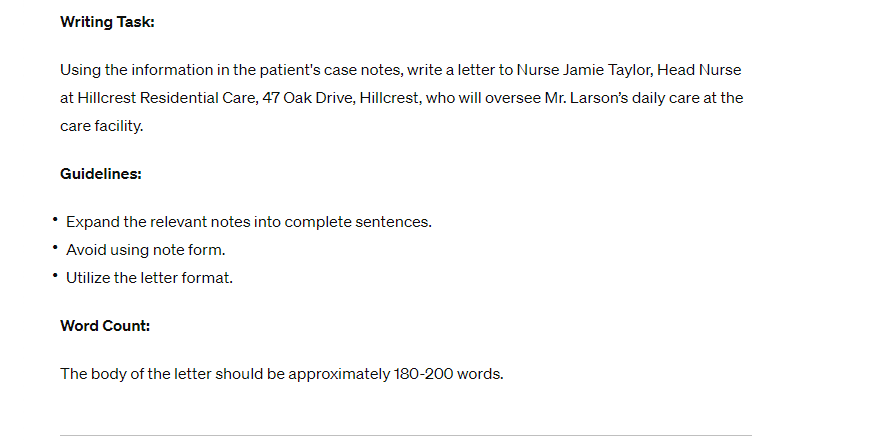Mastering the OET Reading Sub-Test: A Comprehensive Guide
The Occupational English Test, popularly known as OET, is a renowned English language test for healthcare professionals seeking to register and practice in an English-speaking environment. One of its integral components is the Reading sub-test, designed to assess a candidate’s ability to understand written English in a healthcare context. This article provides a thorough overview of the OET Reading sub-test, its format, preparation tips, and strategies for success.
Understanding the OET Reading Sub-Test
The Reading sub-test aims to evaluate a candidate’s ability to comprehend and analyze written English in a healthcare setting. It comprises three parts, each focusing on different types of texts and reading skills. The entire sub-test is designed to simulate tasks and texts that healthcare professionals might encounter in the workplace, such as patient information leaflets, policy documents, and clinical guidelines.
The Reading sub-test lasts for 60 minutes in total. During this time, candidates need to complete three parts featuring a variety of texts related to healthcare topics.
Structure of the Reading Sub-Test
The OET Reading sub-test is divided into three distinct parts:
- Part A – Expeditious Reading: This section is designed to assess a candidate’s ability to locate specific information rapidly from multiple short texts. In this 15-minute section, candidates need to answer 20 questions based on four short texts related to a single healthcare topic.
- Part B – Careful Reading: This section evaluates the ability to understand the main ideas, detailed information, and implicit meanings in a text. Candidates have 45 minutes to answer 6 multiple-choice questions based on two texts of general healthcare interest.
- Part C – Detailed Reading: This part also focuses on careful reading, but the texts are more complex and the questions require more sophisticated comprehension skills. Candidates need to answer 16 multiple-choice questions based on two passages within the 45-minute time limit allotted for Part B and Part C.
Assessment Criteria
In the OET Reading sub-test, candidates’ responses are assessed based on their correctness. There are no partial credits for any questions; they are either right or wrong. It’s important to read each question carefully and ensure you understand what’s being asked before selecting your answer.
Preparation Tips and Strategies for Success
- Improve Your Reading Speed: Expeditious reading requires quick scanning and skimming skills. Practice reading quickly and efficiently, focusing on understanding the gist and locating specific information.
- Develop Your Comprehension Skills: For Part B and Part C, deep comprehension is key. Practice reading longer, more complex texts and work on understanding both explicit and implicit meanings.
- Expand Your Vocabulary: A good grasp of medical and general English vocabulary can make a significant difference. Make it a habit to learn new words and phrases regularly.
- Practice with Sample Tests: Familiarize yourself with the test format by taking practice tests. These will help you understand the type of texts and questions you will encounter in the actual test.
- Manage Your Time Well: Remember that Part B and Part C share a 45-minute time limit. You’ll need to manage your time effectively between these two sections to ensure you can complete both.
- Use Process of Elimination: For multiple-choice questions, if you are unsure about an answer, try eliminating the options that you are certain are incorrect. This technique can help you make a more informed guess.
Mastering the OET Reading sub-test requires a blend of fast reading, deep comprehension, and effective time management. By understanding the test’s structure and applying the tips and strategies discussed, you will be well on your way to achieving a high score. Best of luck in your preparation!








Leave a Reply